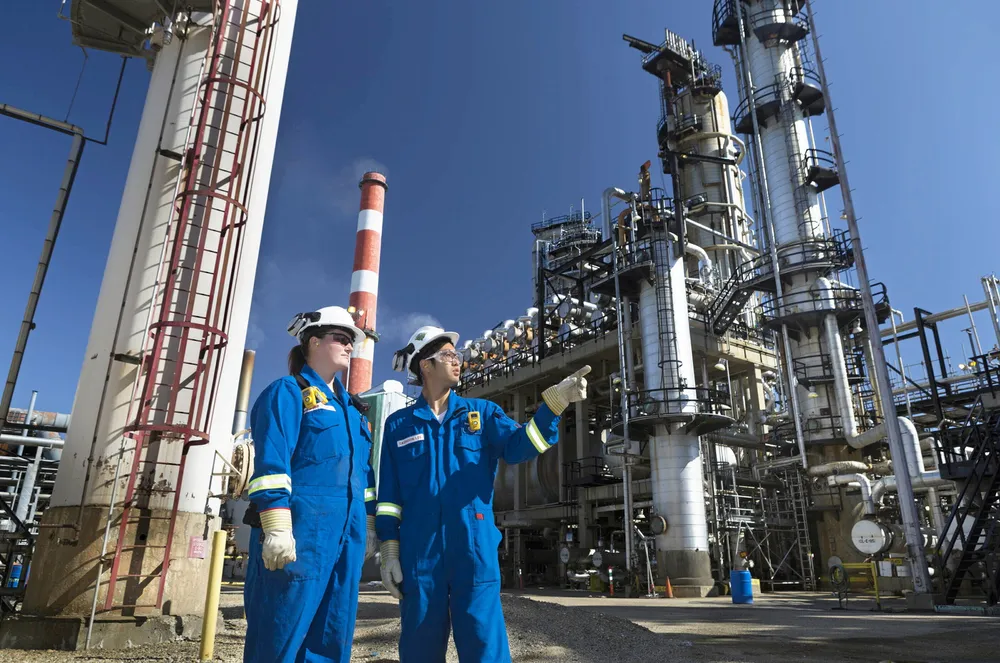Blue hydrogen and vegetable oil | Exxon subsidiary to invest $560m in new Canadian 'renewable diesel' plant
Imperial Oil will produce 20,000 barrels of the drop-in fuel per day at its Strathcona refinery in Edmonton, Alberta

Imperial Oil will produce 20,000 barrels of the drop-in fuel per day at its Strathcona refinery in Edmonton, Alberta
